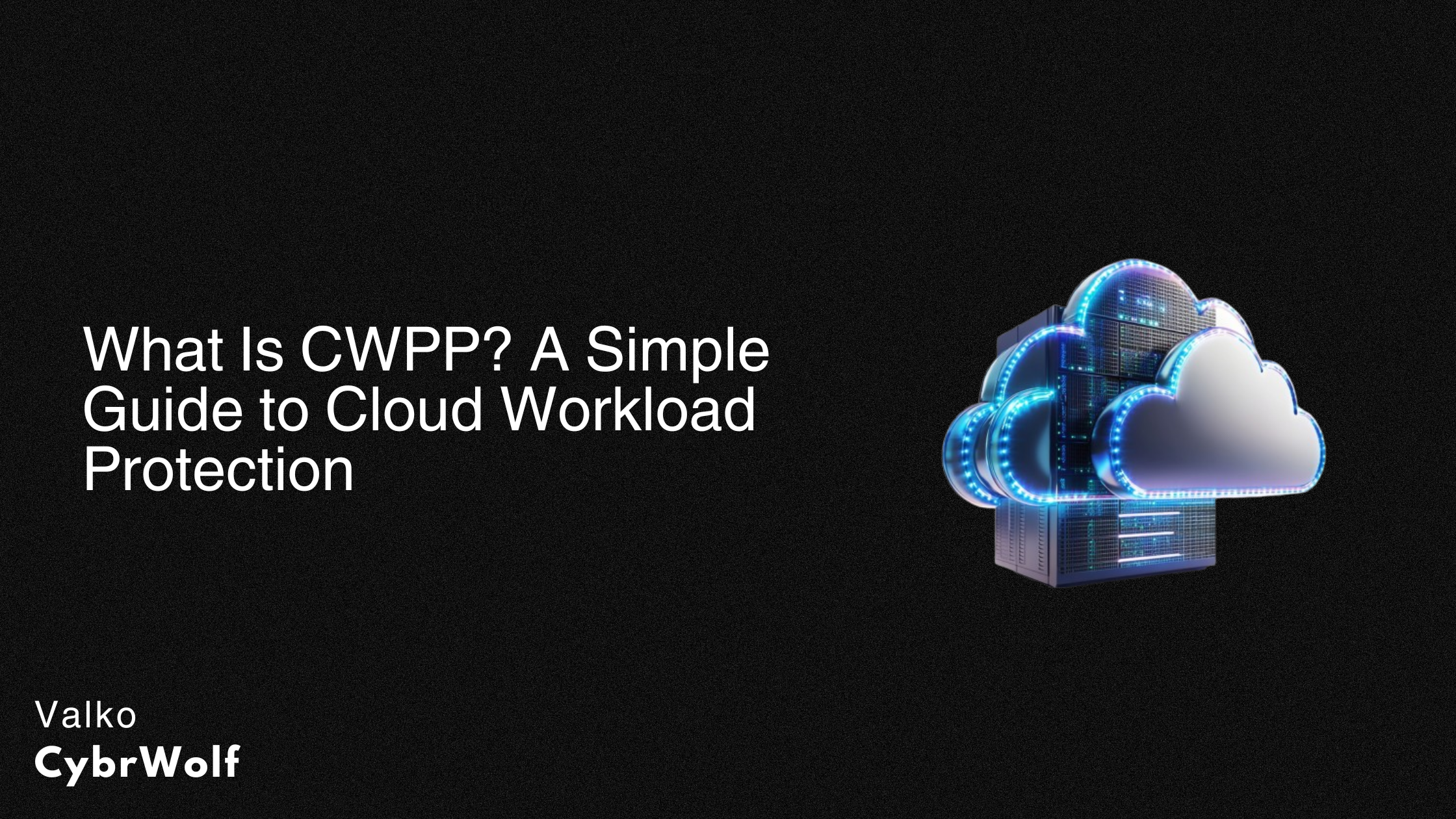
CWPP stands for Cloud Workload Protection Platform — and if your business runs anything in the cloud, this acronym could be the line between visibility and vulnerability.
In this guide, we’ll break CWPP down into plain English, show why it matters more than ever, and help you understand how it fits into the broader world of cloud security.
Let’s clear the fog around cloud workloads. No jargon, just clarity.
CWPP Explained in Plain English
A Cloud Workload Protection Platform is a cybersecurity solution designed to secure cloud workloads — like virtual machines, containers, serverless functions, and Kubernetes environments — at runtime.
If your cloud infrastructure were a building, CWP would be the 24/7 security guard watching every room, detecting odd behavior, and stopping intruders in real time.
Where firewalls protect the perimeter, CWPP focuses on what’s happening inside — the workloads.
Why CWPP Matters More Than Ever
The Cloud Is Now the Norm and So Are Its Risks
Companies are shifting fast to the cloud: AWS, Azure, GCP – all hosting critical apps, data, and pipelines. But security hasn’t always kept up.
Cloud workloads are dynamic, ephemeral, and distributed, which makes traditional tools almost useless.
Cloud Workload Protection Platform is built for this new reality.
Real-World Threats That CWPP Helps Stop:
- Zero-day exploits in containers and VMs
- Misconfigurations that leave assets exposed
- Supply chain attacks via vulnerable libraries
- Lateral movement inside your cloud environment
- Cryptojacking targeting Kubernetes clusters
Whether it’s a rogue container, a misbehaving Lambda function, or a hidden backdoor in a VM — Cloud Workload Protection Platform is designed to catch it.
Key Capabilities of a Cloud Workload Protection Platform
A strong Cloud Workload Protection Platform does more than just scan. It actively monitors, detects, and protects in real-time.
Here’s what you should expect:
- Vulnerability Scanning: Finds known risks in images, packages, and dependencies.
- Runtime Protection: Flags and stops unexpected behavior in workloads.
- Malware Detection: Monitors file activity and memory for malicious code.
- Microsegmentation: Controls communication between workloads to reduce lateral movement.
- Behavior Monitoring: Learns normal activity and alerts on anomalies.
- Agent-Based or Agentless: Some use lightweight agents; others use cloud APIs.
CWPP vs CSPM vs CNAPP: What’s the Difference?
Let’s break it down.
| Security Tool | What It Does | Focus Area |
|---|---|---|
| CWPP | Protects cloud workloads at runtime | Containers, VMs, Kubernetes, serverless |
| CSPM | Finds misconfigurations in cloud accounts | IAM, S3 buckets, storage, networking |
| CNAPP | Combines CWPP + CSPM + CIEM + more | Unified cloud-native security |
Think of Cloud Workload Protection as the runtime bodyguard, CSPM as the cloud architect, and CNAPP as the all-in-one security control room.
How to Choose a CWPP: What to Look For
Not all cloud workload protection platforms are created equal. Here’s what to evaluate:
- Coverage: Does it protect containers and VMs and serverless?
- Runtime visibility: Can it detect behavior, not just vulnerabilities?
- Performance impact: Agent-based solutions need to be lightweight.
- DevSecOps integration: Can it fit into your CI/CD pipeline?
- Cloud compatibility: AWS, Azure, GCP — is it multi-cloud ready?
- Alert quality: Can it prioritize real threats over noise?
Ask vendors:
- How do you handle ephemeral workloads?
- Do you support agentless options?
- How fast can you detect and respond to threats?
Top CWPP Tools and Vendors in 2025
We’re not endorsing anyone, but here are some of the most mentioned solutions in the market right now:
- Prisma Cloud (Palo Alto Networks)
- Wiz
- Lacework
- CrowdStrike Falcon Cloud Workload Protection
- Sysdig
- Microsoft Defender for Cloud
Many of these are also part of CNAPP platforms, so consider whether you want CWPP as a standalone or bundled with other security capabilities.
FAQs About CWPP
What does CWPP stand for?
CWPP stands for Cloud Workload Protection Platform, a security solution focused on protecting cloud-based compute resources.
Is CWPP the same as CSPM?
No. CSPM finds misconfigurations in your cloud setup; CWPP protects the actual workloads like containers and VMs at runtime.
Do I need CWPP if I have CNAPP?
Yes — CWPP is a critical part of CNAPP. Without it, your cloud security lacks runtime defense.
Can Cloud Workload Protection Platform protect containers and Kubernetes?
Yes. That’s one of its main use cases — protecting workloads across Kubernetes, ECS, EKS, GKE, and more.
Is agentless CWPP better than agent-based?
It depends. Agentless is easier to deploy, but agent-based may provide deeper runtime visibility. The best solutions offer both.
The Bottom Line on CWPP
If your cloud workloads are running unprotected, you’re flying blind.
CWPP gives you visibility, control, and protection inside your cloud infrastructure — not just around it.
As cloud-native attacks become more advanced, real-time workload protection isn’t optional. It’s essential.
Don’t let complexity block your security. Get clear, get protected — the CybrWolf way.
